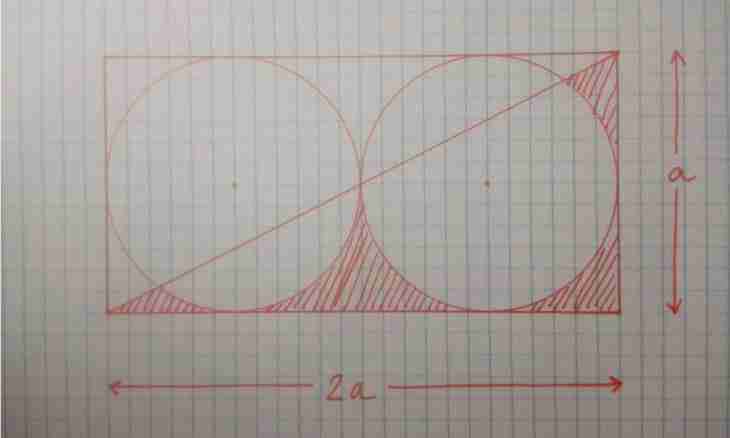Before we consider various ways of finding of a leg in a rectangular triangle, we will accept some designations. A leg call the party of a rectangular triangle, adjacent to a right angle. Lengths of legs we will conditionally designate an and b. Corners, opposite to legs of an and b we will designate respectively through A and B. The hypotenuse, by definition, is the party of a rectangular triangle which is opposite to a right angle (at the same time with other parties of a triangle the hypotenuse forms acute angles). We will designate length of a hypotenuse through page.
Instruction
Corners, opposite to legs of an and b we will designate respectively through A and B. The hypotenuse, by definition, is the party of a rectangular triangle which is opposite to a right angle (at the same time with other parties of a triangle the hypotenuse forms acute angles). We will designate length of a hypotenuse through page.
It is required to you: Calculator.
Check to what of the listed cases there corresponds the condition of your task and depending on it be guided by the corresponding point. Find out what sizes in the considered triangle are known to you.
Use the following expression for calculation of a leg: a=sqrt(c^2-b^2) in case sizes of a hypotenuse and other leg are known to you. This expression turns out from Pythagorean theorem which says that the square of a hypotenuse of a triangle is equal to the sum of squares of legs. The sqrt operator designates extraction of a square root. The sign "" ^2"" means construction in the second degree.
Use a formula a=c*sinA if the hypotenuse (c) and a corner is known to you, opposite to a required leg (we designated this corner as A). Use expression of a=c*cosB for finding of a leg if the hypotenuse (c) and a corner is known to you, adjacent to a required leg (we designated this corner as B). Calculate a leg on a formula a=b*tgA in case the leg of b and a corner is set, opposite to a required leg (this corner we agreed to designate A).
Pay attention: If the leg is not in your task any of the described ways, most likely, it can be reduced to some of them.
Useful tips: All these expressions turn out from well-known definitions of trigonometrical functions therefore even if you forgot some of them, you will always be able by simple operations it quickly to remove. Also, it is useful to know values of trigonometrical functions for the most typical corners 30, 45, 60, 90, 180 degrees.

